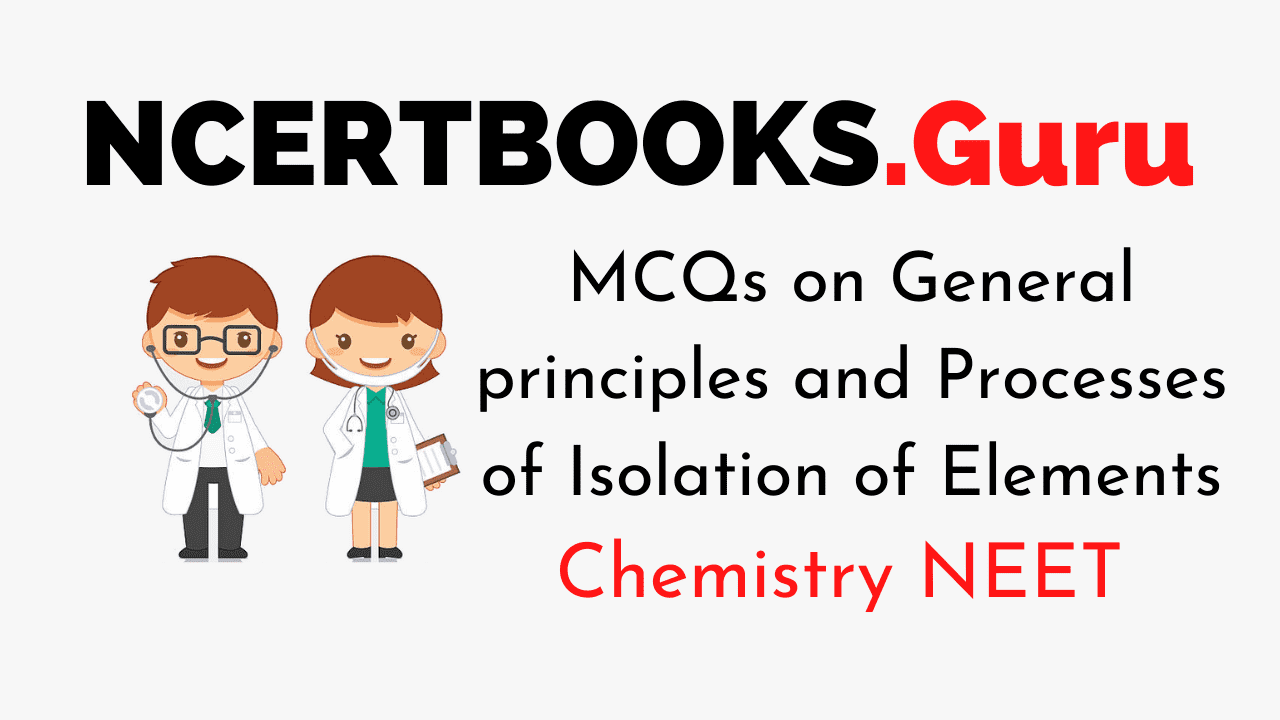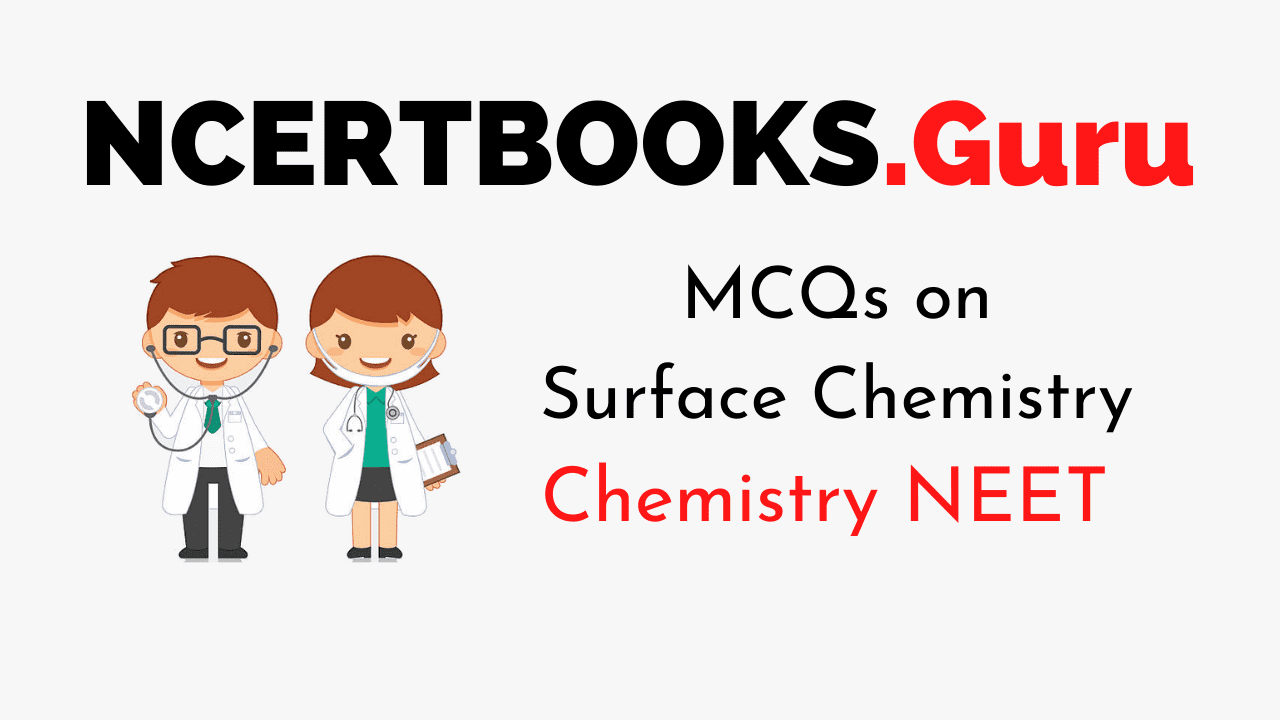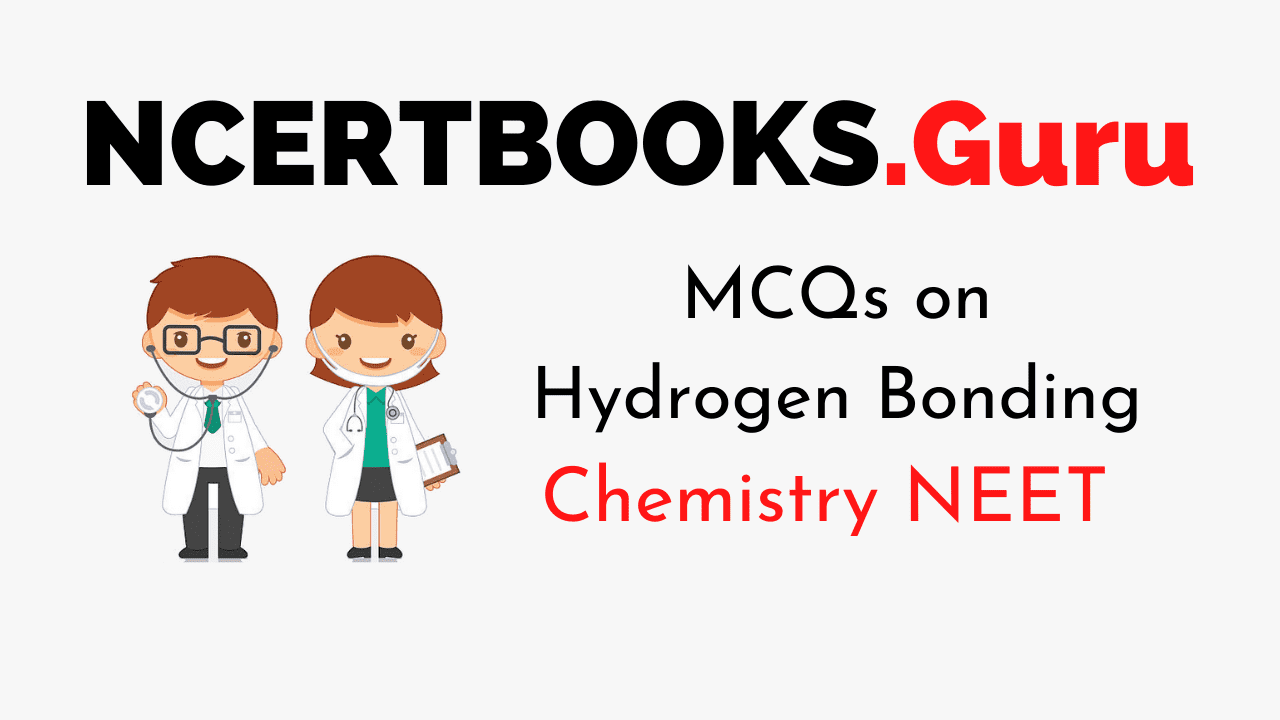NEET Physics is the scoring paper in the medical entrance examination. Here, you will discover the NEET Physics MCQ Questions for all Concepts as per the latest syllabus. Practice more on a regular basis with these NEET Physics objective questions on air pollution and improve your subject knowledge & problem-solving skills along with time management. NEET Physics Horizontal Projectile Motion Multiple Choice Questions make you feel confident in answering the question in the exam & increases your scores to high.
MCQ on Horizontal Projectile Motion
1. A stone is just released from the window of a train moving along a horizontal straight track. The stone will hit the ground following
(a) Hyperbolic path
(b) Straight path
(c) Circular path
(d) Parabolic path
Answer
Answer: (d) Parabolic path
2. A bullet is dropped from the same height when another bullet is fired horizontally. They will hit the ground
(a) Simultaneously
(b) Depends on the observer
(c) One after the other
(d) None of the above
Answer
Answer: (b) Simultaneously
3. A bomb is dropped from an aeroplane moving horizontally at a constant speed. When air resistance is taken into consideration, the bomb
(a) Flies with the aeroplane
(b) Falls to earth behind the aeroplane
(c) Falls to earth ahead of the plane
(d) Falls to earth exactly below the aeroplane
Answer
Answer: (b) Falls to earth behind the aeroplane
4. The maximum range of gum on horizontal terrain is 16 km. If g = 10 m/s2. What must be the muzzle velocity of the shell?
(a) 400 m/s
(b) 100 m/s
(c) 200 m/s
(d) 50 m/s
Answer
Answer: (a) 400 m/s
5. An aeroplane flying 490 m above ground level at 100 m/s, releases a block. How far on the ground will it strike?
(a) 2 km
(b) 0.1 km
(c) 1 km
(d) None
Answer
Answer: (c) 1 km
6. A man projects a coin upwards from the gate of a uniformly moving train. The path of coin for the man will be
(a) Vertical straight line
(b) Inclined straight line
(c) Parabolic
(d) Horizontal straight line
Answer
Answer: (a) Vertical straight line
7. A particle A is dropped from a height and another particle B is thrown in a horizontal direction with the speed of 5m/sec from the same height. The correct statement is
(a) Particle B will reach the ground first
(b) Both particles will reach the ground with the same speed
(c) Particle A will reach the ground first
(d) Both particles will reach the ground simultaneously
Answer
Answer: (d) Both particles will reach the ground simultaneously
8. A particle moves in a plane with constant acceleration in a direction from the initial velocity. The path of the particle will be
(a) A parabola
(b) An ellipse
(c) A straight line
(d) An arc of a circle
Answer
Answer: (a) A parabola
9. An aeroplane moving horizontally with a speed of 720 km/h drops a food pocket, while flying a horizontal direction with a speed of 5 m/sec from the same height. The correct statement is
(a) 9 sec and 1800 m
(b) 5 sec and 500 m
(c) 8 sec and 1500 m
(d) 3 sec and 2000 m
Answer
Answer: (a) 9 sec and 1800 m
10. At the height 80 cm, an aeroplane is moving with 150 m/s. A bomb is dropped from it so as to hit a target. At what distance from the target should the bomb be dropped
(a) 600 m
(b) 605.3 m
(c) 80 m
(d) 230 m
Answer
Answer: (b) 605.3 m





